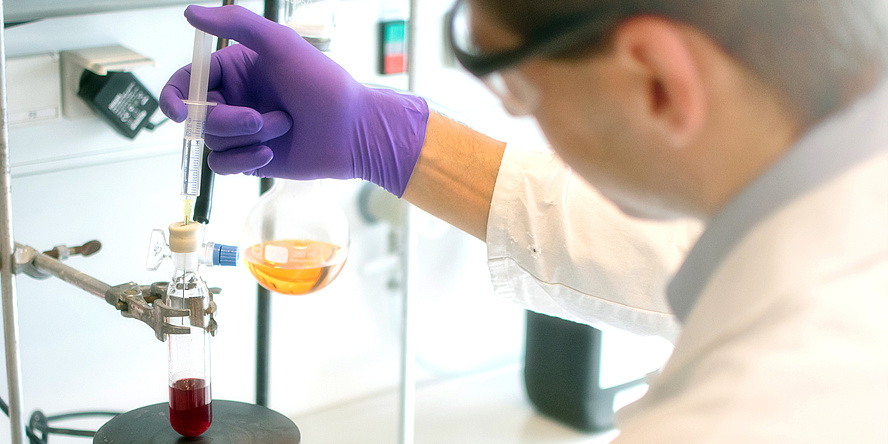ome of the body’s proteins are not just made up of amino acids, they are also ‘decorated’ with lipid chains, which significantly influence the biological functions of the protein. An example is the Ras protein, which plays a role in the development of many types of cancers and is only active and cancer-causing if it is able to bind to the cell membrane with the help of a ‘lipid anchor’.
Fundamental research as a basis for medical progress
Gaining a better understanding of these processes in the human body can greatly accelerate the development of new medicines and cancer therapies. However, the methods of investigation employed up to now have proven very time-consuming and costly. Rolf Breinbauer from TU Graz’s Institute of Organic Chemistry and Christian Becker from the Institute of Biological Chemistry at the University of Vienna have come up with a much simpler and direct method of introducing lipids into protein.
Switch to the Planet research article in the TU Graz News+Stories to learn more about the method, which the researchers recently published in the Journal of the American Chemical Society (JACS).
